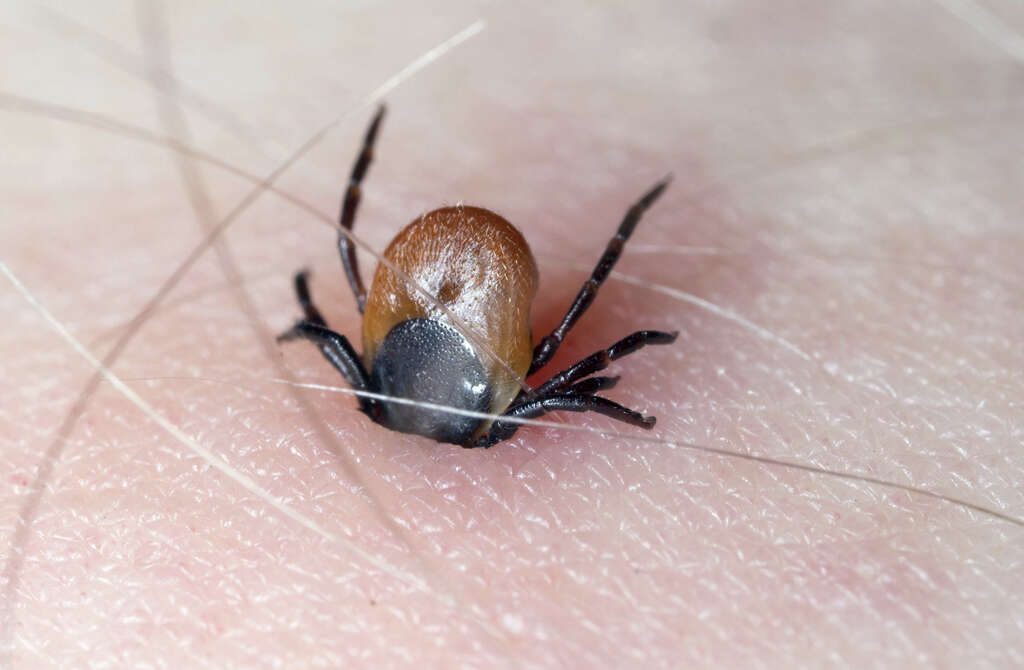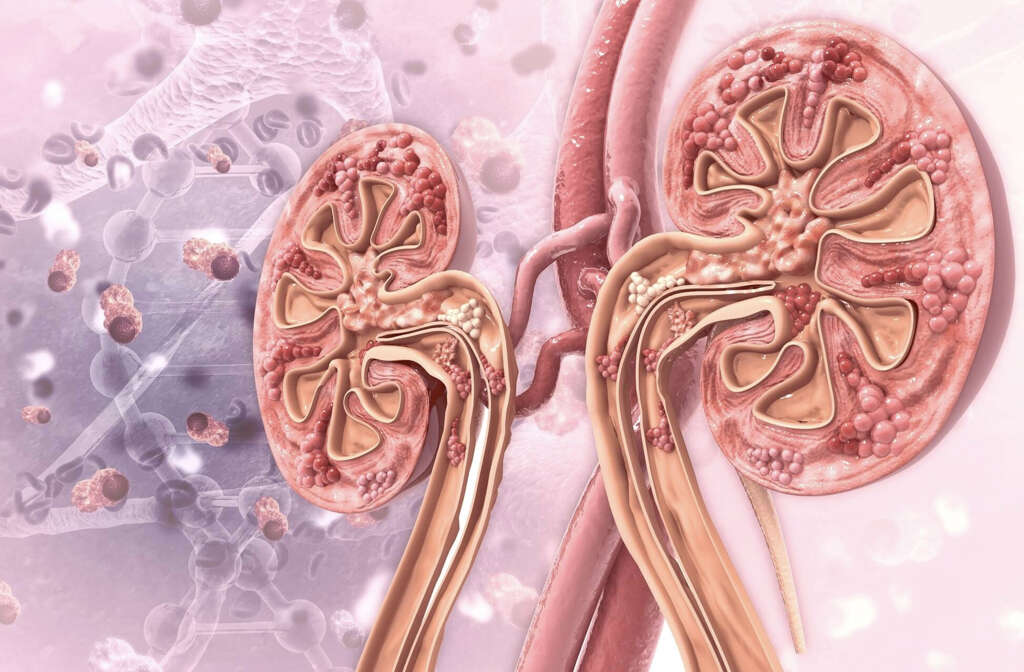What Is Anaplasmosis?
When we think of ticks and fleas, we tend to think of those that are found feeding on our pets. People are animals as well, though, and we also have blood that such parasites love to feed on. As such, it is not only our pets that end up as a meal for these parasites. We can be on the menu also.
There are some species of tick that will gladly feed on people given the opportunity. As gross as this may be, the grossness is the least concerning thing about it. These ticks can sometimes be infected with pathogens and they can pass on those pathogens to us. This can result in diseases, and one example of this is anaplasmosis
1. Ticks
Ticks are small parasites that feed off the blood of other animals. They bite into their prey with mouth parts that are so sharp that the victim often does not feel the bite. The tick will then hold on with its mouth parts until they have had their fill. At the appropriate time, the engorged tick will fall off their host when in long grass or similar.
After falling off their host, the tick will then look for a mate. After mating, the tick will lay thousands of eggs. When these eggs hatch, the larvae will emerge looking for food. Larvae, nymphs, and adult ticks will feast on the blood of a variety of animals, including humans.
2. Transmission
Anaplasmosis is not transmitted from person to person. Instead, it is transmitted through the bites of an infected tick. The ticks responsible will gladly feed on other animals including deer and mice. These animals may have been infected with the bacterium that is responsible for anaplasmosis.
If a tick feeds from an infected animal, then the tick itself will become infected. The tick will then fall off its host until it is time to feed again. On finding a new host to feed off, it will bite into their skin. Any pathogen that tick is infected with can then infect their new host. Transmission is made more likely by the fact that the tick will hold on and feed for 24-48 hours.

3. Anaplasma Phagocytophilum
Anaplasmosis is caused by an infection by the anaplasma phagocytophilum. The bacterium is spread to people through the bite of an infected tick. It is not a common infection but it is most common during the seasons of spring and summer when ticks are at their most active.
Once the bacterium gets into the patient’s blood stream they will begin to multiply. Once the ticks have multiplied by sufficient numbers then the patient will begin to feel symptoms, if they do feel symptoms at all. As mentioned, the bacterium cannot be passed from person to person, although there have been rare cases of transmission by organ transplants and/or blood transfusions.
4. Asymptomatic
In some cases, the patient will feel no symptoms from the disease whatsoever. This tends to be the case in younger, fitter people that have a strong and healthy immune system. This is not always the case, however, as many people will experience symptoms, including some who fit into the younger and fitter category.
When symptoms do arise, it is usually within a week or two of the moment the patient was infected. The symptoms can range in severity, and some people will only show few symptoms. For people that have weak immune systems, however, the symptoms can be somewhat more severe.

5. Fever
Our bodies do not like it when unwelcome intruders are in our bodies. This makes sense, after all the wrong type of intruder can make us extremely ill. Because many pathogens struggle to thrive when their environment is too warm, our bodies take advantage by making our bodies warmer than usual.
This is commonly known as a fever, which is a symptom of anaplasmosis, as are chills. The patient can also experience aching joints and muscles, which is the by-product of another of our defense systems. Headaches are also common, and a small number of people will also develop a rash.
6. Nausea
A lot of people with anaplasmosis will develop nausea, and vomiting might also follow as a result. If somebody is vomiting excessively then they should be monitored to help, ensure they don’t suffer from malnutrition and/or dehydration. Some patients will also experience a cough.
The disease can also take its toll on our energy levels, and the patient can end up feeling fatigued as a result. If the condition progresses, then the patient might begin to experience confusion. The latter symptom can be caused by some quite serious conditions so it should encourage you to seek medical attention if you have not done so already.

7. Risk Factors
While some people are more prone to showing severe symptoms than others, there are no demographics that are more or less likely to become infected. The ticks responsible have no preference for who they bite (and will even feed on different species). Having said that, people who live in areas where the ticks are more common are more prone. As are those who take part in certain outdoor activities.
In the United States, the ticks are most common in the mid-Atlantic states, the north-central region, and in New England. While the tick is most common in these regions, it can also be found in others. The ticks responsible for spreading the disease are the western black-legged tick and the deer tick.
8. Complications
Anaplasmosis can cause some very unpleasant symptoms in some people. In some instances, it can even be a dangerous disease that can threaten the patient’s life. In some cases, for example, the disease can go on to cause kidney failure. It doesn’t get better as heart failure is also a possibility, as is respiratory failure, which would render the patient struggling to breathe.
Some patients will also experience excess bleeding, while septic shock is another possibility. Seizures will occur in some cases, and a small number of patients will go into a coma. Such symptoms are rare and will only usually occur in people that are old and/or already suffering from health conditions.

9. Prevention
We can’t completely prevent the chances of being bitten and eradicating the ticks responsible would be a near impossible task. This means that bites, and infections, are likely to occur, but we can at least reduce the chances of it happening.
One way to achieve this is to avoid long grass and other areas where ticks are likely to be staying. It is also advisable to wear long, loose clothing should you be venturing into areas where ticks are likely to be. If you have already caught the disease, then you can help prevent it from developing into something serious by getting medical assistance as soon as possible.
10. Treatment
The treatment for anaplasmosis tends to involve antibiotics. If the condition is caught early then antibiotics should be enough to kill the bacteria, curing the patient. It might take a few weeks for the symptoms to disappear but, once they do, they should not return.
If diagnosis and treatment come later, however, then the disease can be a lot harder to defeat. For more serious cases, an intravenous drip containing antibiotics may be necessary. If the condition is serious enough then intensive care may be necessary. Anaplasmosis can be fatal in some cases, so it should be treated as a serious condition the moment it is diagnosed, regardless of how otherwise healthy the patient is.











